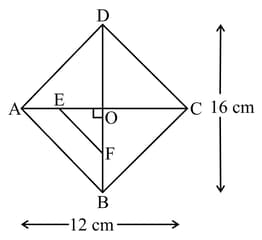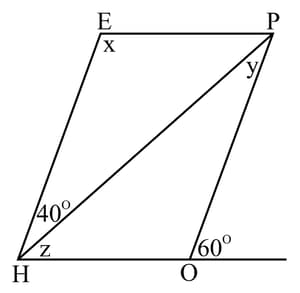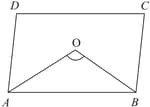Conditions for a Quadrilateral to be a Parallelogram
Conditions for a Quadrilateral to be a Parallelogram: Overview
This Topic covers sub-topics such as Sufficient Condition for a Quadrilateral to be a Rhombus, Sufficient Condition for a Quadrilateral to be a Rectangle and, Sufficient Condition for a Quadrilateral to be a Square
Important Questions on Conditions for a Quadrilateral to be a Parallelogram
Write the sufficient condition for a quadrilateral to be a square.
Square is a quadrilateral.
When do we say a quadrilateral is a rectangle?
If Quadrilateral has four equal sides then it is a Rhombus.
Write sufficient conditions for a quadrilateral to be a rhombus.
Read the following statements carefully and state for true and for false.
(i) Diagonals of a parallelogram are perpendicular to each other.
(ii) All four angles of a quadrilateral can be obtuse angles.
(iii) If all sides of a quadrilateral are equal, then it is a rhombus.
If and are two parallel lines, then the bisectors of the angles and form
The bisector angles of a parallelogram forms which of the following?
A quadrilateral is a rhombus if
A quadrilateral is a parallelogram then
What are the conditions for a quadrilateral to be rhombus?
In the given figure, is rhombus whose diagonals intersect at If and are mid-points of and respectively, then find the length of .

What are the conditions for a quadrilateral to be parallelogram?
In a quadrilateral and are the bisectors of and respectively, and . Then,
In the adjacent figure is a parallelogram. Find the angle measures . State the geometrical truths you use to find them.

A quadrilateral can be a square if
A quadrilateral can be a rectangle if
A quadrilateral can be a rhombus if
A quadrilateral can be a parallelogram if
Which of the following is not a parallelogram?
In the figure, is a parallelogram and and are bisectors of and respectively. If the measure of .Then find .

The angle between two altitudes of a parallelogram through the vertex of an obtuse angle of the parallelogram is and if the greatest angle of a parallelogram is , then find the value of .
